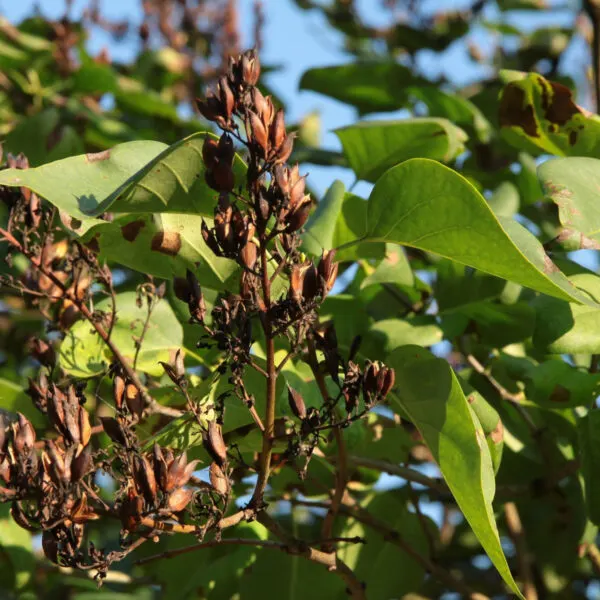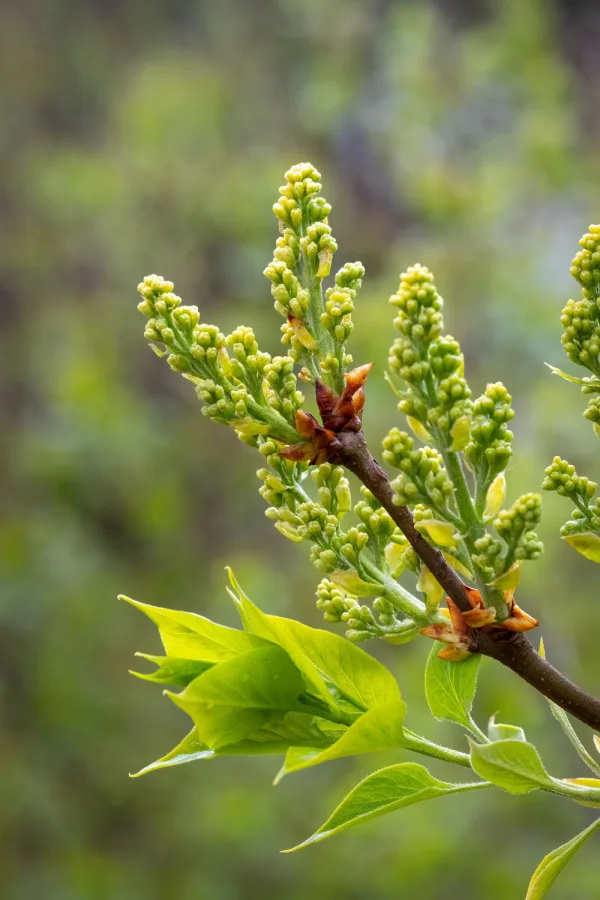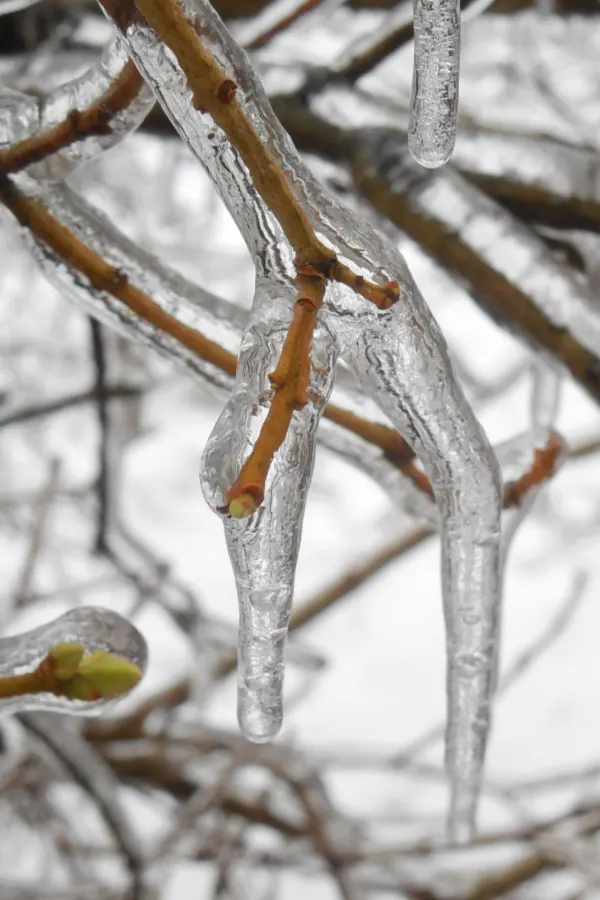When it comes to fall lilac care – what you do in the autumn months before winter arrives can make a huge difference in just how well your bushes bloom next year – or whether they even bloom at all!
Lilacs are one of the most common bushes in the home landscape. Not only do they perform well in a wide variety of soil and climate conditions, they also produce some of the most magnificent blooms of all in spring and early summer.
Adding to their allure, lilacs are also one of the lowest maintenance bushes around. In fact, as long as you plant them in an area that gets a fair amount of daily sunlight, and in soil that is either neutral or slightly acidic, they will bloom almost at will. That is, as long as they are not improperly cared for.

As it turns out, when lilacs struggle to grow or bloom, and the soil and sunlight conditions are within an acceptable range, the issue for the bushes lack of flower power can usually be traced back to how it was cared for the previous fall. And not because it didn’t get the care it needed – but because it received way more than it needed!
With that in mind, here is a look at two of the biggest and most common mistakes gardeners make with their lilac bushes in the fall. And more importantly, how to avoid those mistakes for big blooms from your lilacs next year!
Fall Lilac Care – 2 Things To Never Do To Lilac Bushes In The Fall!
#1 – Never Prune Lilacs In The Fall
One thing you never want to do to lilac bushes in the fall is prune them back. In fact, not only do you want to avoid fall pruning, but late winter and early spring pruning as well. Why? Because it is the quickest way of all to keep your lilacs from blooming!
Lilacs, like many varieties of hydrangeas and other flowering bushes, bloom on “old” wood. Old wood is the wood that grew from the bush the prior spring, summer and fall.
Once a lilac bush finishes blooming early in the season, it then concentrates its energy on growing new branches and stems. And as it grows that new wood, it forms the following year’s blooms within them. Those branches then go dormant over the winter months, and produce the bushes blooms the next spring.

Unfortunately, pruning a lilac back in the fall removes much or all of the next year’s “old” wood. Likewise, if you prune it in late winter or early spring, you are still removing the plant’s future old wood. And without that old wood in place, the plant won’t be able to produce blooms that year.
The only time you ever want to prune a lilac bush is right after it completes its blooming cycle. Pruning at this point allows the bush plenty of time for new growth. Growth that if left in place – will produce gorgeous blooms the following year!
Deadheading Old Blooms – Fall Lilac Care
One thing you can and should do in the fall if you have not done so already is deadhead old blooms from your lilac bushes. Deadheading is not the same as pruning, as it is only removing the old flowers right below the bloom.
Deadheading helps the plant to stop wasting energy on old blooms as they decay. This is actually best to do after they first finish blooming, but if they still remain in late fall, cutting just the old blooms off of plants will not harm the bush in the least.

Never Fertilize Your Lilacs In The Fall – Fall Lilac Care
The second biggest thing to avoid doing to your lilac bushes in the fall is fertilizing. As it turns out, fall fertilizing is the second biggest culprit when it comes to poor plant health and or failing blooming patterns for lilacs.
First and foremost, as with many perennial plants, bushes and shrubs, fall fertilizing puts plants at risk of winter damage. When you provide power to a plant, it spurs growth. In the spring and early summer, that can be helpful to a plant. But late in the season it can spell disaster. Especially for lilacs and other blooming bushes.
In the fall, lilacs bushes are preparing for dormancy. In addition to forming next year’s buds, they are also storing energy to their roots for next year’s blooms as well.
But a sudden dose of fertilizer can change all of that. It actually fools the plant, tricking it into using that extra energy to fuel growth. Instead of slowing down and saving energy, the plant burns more to produce new stems and foliage.

Sadly, those new stems and foliage do not have the time to mature and harden up before winter arrives. Because of that, they are highly susceptible to winter damage. Even worse, because the plant burned energy instead of saving, it too can be at higher risk of winter damage.
For all of these reasons, lilacs should only be fertilized in early spring. The best time of all is right before they begin to leaf out . This will help to power both early growth and the coming year’s booms. See: Spring Lilac Care 101
Giving Lilacs Too Much Fertilizer – Fall Lilac Care
Although you should always avoid fertilizing lilacs in the fall, it’s also important to know when you do power them in the early spring, what you give them can make a big difference in bloom performance as well.
Lilacs do not perform well when there is too much nitrogen in the soil. In fact, when levels of nitrogen are too high, the bush won’t bloom at all. For this reason, always use a balanced fertilizer with equal amounts of nitrogen, phosphorous and potassium.
In addition, when fertilizing your lawn, be careful to keep nitrogen-heavy lawn fertilizers away from their root zones. Most lawn fertilizers are extremely heavy in nitrogen. And when they are broadcast around the roots of lilacs, they can overpower the plant and prevent it from blooming.

So what should you be doing for your lilacs this fall before winter arrives? There are actually only two simple chores to perform that can help your lilacs perform better next year. The first is to make sure it is getting enough water – and the second it to give it a thick blanket of mulch for protection.
Here is to putting your lilacs to bed properly this fall – and to bigger, better and more plentiful blooms next spring and summer!
Follow Our Facebook Page For Great Gardening Tips And Advice! This Is My Garden Facebook Page
This Is My Garden is a garden website created by gardeners, for gardeners. Jim and Mary Competti have been writing gardening, DIY and recipe articles and books and speaking for over 15 years from their 46 acre Ohio farm. They publish three articles every week, 52 weeks a year. Sign up today to follow via email, or follow along!
